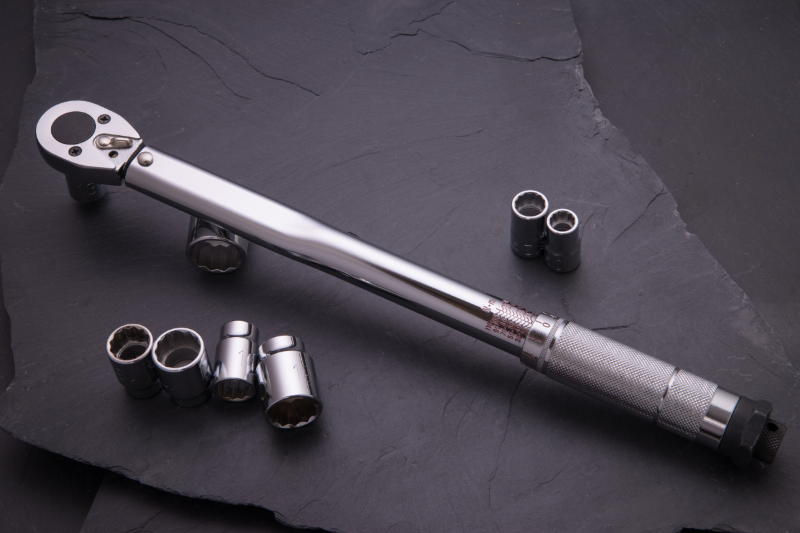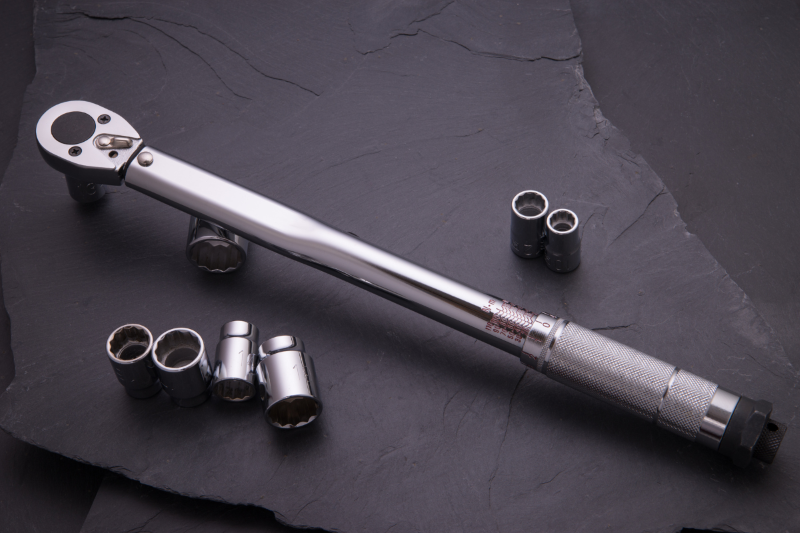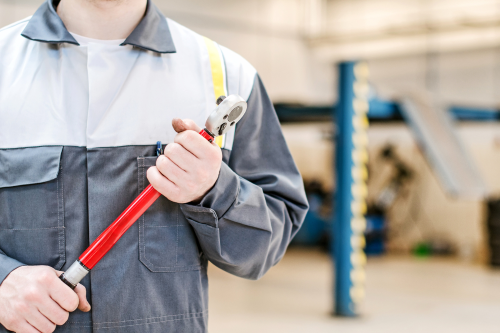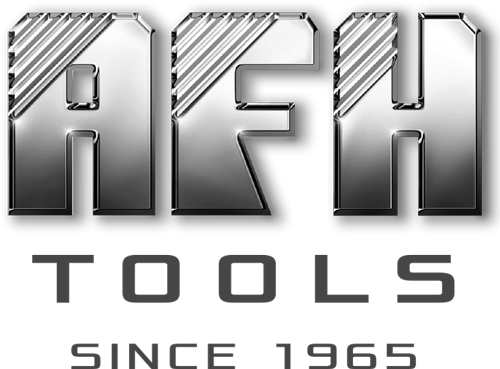TORQUE WRENCH SAFETY AND USAGE

Torque wrench safety and usage
Explain the function of a torque wrench.
Define the Torque Wrench
To tighten bolts and nuts to a specific number, a torque wrench can be used. This tool is useful for tightening fasteners to the correct tension, preventing harm from over- or under-tightening. Therefore, it is crucial to use the appropriate torque measure for proper construction and operational efficiency of machinery.
These instruments, which were created by Conrad Bahr in 1918, have been in use ever since the early 20th century.
The purpose of Torque Wrenches
A wide range of sectors, from automotive to construction, make use of these tools for a wide range of applications.
When the tightness and security of screws and fasteners are crucial, this tool is an absolute must. The user can check that the pressure being applied to fasteners is within an acceptable range with the help of these instruments.
For example, in the automotive business, the safety of everyone who comes into contact with a vehicle depends on using the correct amount of torque on all fasteners.
Functioning of Torque Wrenches
The torque that can be applied to a fastener with one of these instruments is precisely measured. How much tension is applied is determined by the length of the wrench and how hard you press down on the tool's handle. The formula for calculating torque is power multiplied by the length of the object being turned.
There is a calibrated gauge and a mechanical indicator within the handle itself. Stop turning the bolt when the indicator reads the correct amount of tension.
Tools typically feature an easy-to-read scale or monitor screen that indicates the amount of torque being applied.
They can be set to display values in pound-foot, pound-inch, or Newton-meter. (Newton meter).
Torque wrenches are fine tools, and knowing how to use them properly is crucial.
AFH tools suggest if you want to avoid injury and extend the life of your torque wrench, follow these easy guidelines.
- The first step in using a torque wrench in Dubai is to read the instructions.
- Wearing protective eyewear is a must whenever a hand instrument is being used. To employ torque and correct your stance in order to avoid a fall, pull instead of pushing.
- Never use worn or cracked sockets or screws. Always check the condition of your torque wrench before using it, as a dirty, mismatched, or worn ratchet mechanism can cause it to slide or even break.
- The ratchet's direction lever must be completely engaged.
- No mechanical torque tool should ever be used at a torque setting that is below 20% or above 100% of full scale.
- There are many things to think about when deciding which torque wrench capacity is ideal for a given application. However, the sweet spot for a torque wrench is somewhere in the centre of its range of motion. As a consequence, the precision and longevity of micrometre adjustable-type torque wrenches will improve.
- Your dominant hand should always hold the handle.
- Work up to the target tension gradually and uniformly.
- Stop wrench draw as soon as desired torque is achieved.
- Torque wrenches require regular maintenance and safekeeping.
- Torque wrenches of the micrometer adjustable variety should be kept at their lowest torque always setting. After each use, you should always unroll the handle.
- Dropping a wrench can throw off its calibration, so it's important to check the wrench's size before using it.
- Before using, micrometre adjustable torque wrenches must be calibrated at least three times at maximum scale (100%).
- The torque unit calibration of the tool should match that of the specifications.
- Wipe down the torque tool to clean it. Avoid getting completely submerged.
- The wrench must be re-calibrated once a year, or every 2,500 cycles, at a reputable calibration facility.



